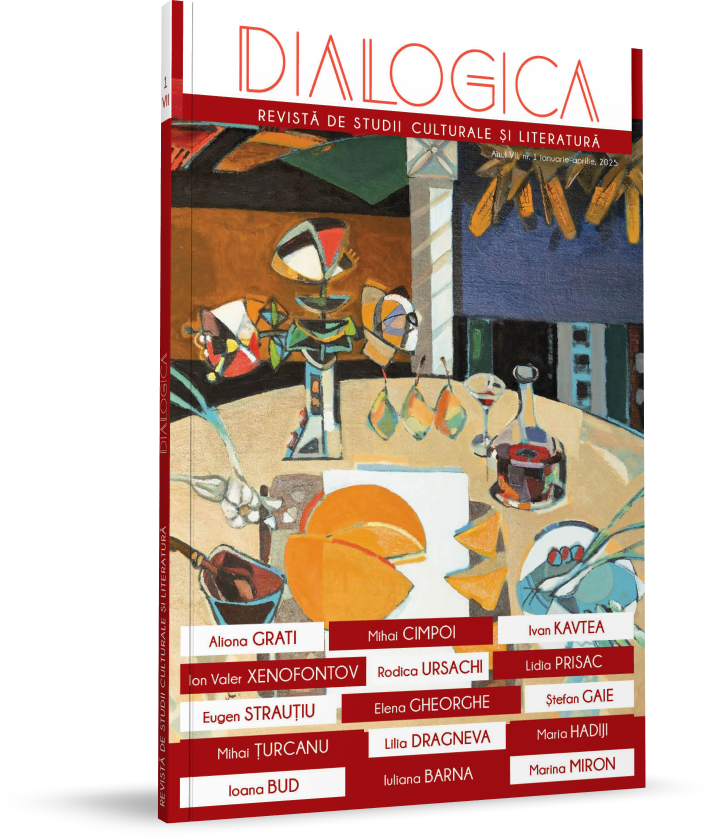Instituția căsătoriei și statutul femeii în legislația medievală a secolului al XVII-lea
The institution of marriage and the status of women in the medieval legislation of the 17th century
Author(s): Elena GheorgheSubject(s): History, Cultural history, Gender history
Published by: ArtPoligraf SRL
Keywords: marriage; engagement; woman; family; gifts; dowry;
Summary/Abstract: The matrimonial institution in the 17th century, more precisely its legal definition, determines the status of women. In a century in which the sources reflect a predominantly male world, the girl has no other alternative than marriage or the convent, whatever her social condition. Marriage is fraught with consequences for women: it places them under the dominance of their husbands, gives them their identity and rank in society, and in many ways transforms their existence. The Romanian rules gave the institution of marriage the character of a contract, concluded and opened by the church authority publicly, with a precise ceremony. Prejudices, traditions, laws assign women subordinate places, in all echelons of society. But in everyday life, in his home, in the privacy area where man can withdraw, retreat, relax freeing himself from the shell that protects him in the outside world, the power of men collides with that of women.
Journal: DIALOGICA Revistă de studii culturale și literatură
- Issue Year: VII/2025
- Issue No: 1
- Page Range: 91-102
- Page Count: 12
- Language: Romanian

